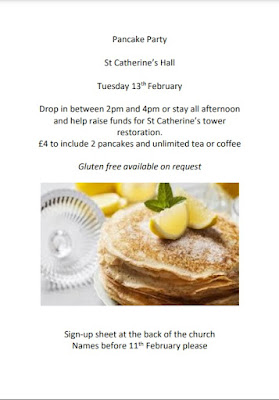A central aspect of God's experience as a human being in the person of Jesus Christ was that of rejection. Jesus was, in the words of Isaiah 53, ‘despised and rejected by others; a man of suffering and acquainted with infirmity; and as one from whom others hide their faces he was despised, and we held him of no account’ (Isaiah 53. 3). We see that rejection here, in this story (Mark 6. 1 – 6), set in his home town at the beginning of his ministry, just as we see it more violently worked out at the end of his ministry when he is crucified.
Rejection is a human experience which we all understand because each us will have experienced rejection at one time or another. It is an experience that God has also shared and therefore understands as we go through our personal experiences of rejection.
But rejection is a human experience which we all understand because it is also something to which each of us is party. As in this story, we find it easy, as human beings, to find reasons to reject other people. It is not so long ago in the history of this country that there were appalling signs in windows saying, 'No Irish, no Blacks, no Dogs'. In our lifetime we have seen whole societies built around the separation of people on the basis of colour, with the Civil Rights and anti-apartheid movements, thankfully, having brought some significant change to those situations of rejection.
Yet, although we have seen change, we continue to see particular groups of people in society demonised, scapegoated and rejected. In the Church today, it is the LGBTI community who have that experience while in society generally, it is migrants, whether refugees or asylum seekers, that are the focus of significant rejection.
When Jesus is rejected, as in our Gospel reading, God is rejected. God, in Jesus, enters in to our experience, as human beings, of rejection. He does so in order to bring to light our constant scapegoating and rejection of others by exposing us to the futility of that way of life. Rejection of others ties us into a cycle of revenge and recrimination locking us in to spirals of violence.
Yet, when we have, as human beings, scapegoated and rejected God himself, what more can we do by way of rejection? The way to free ourselves from these negative cycles is by rejecting the impulse to reject or scapegoat others, in other words by following in the footsteps of Jesus who freely laid down his life for others. It is this to which Christ’s death as a scapegoat on the cross calls us.
Today, while we may not literally see signs saying 'No Irish, no Blacks, no Dogs', similar signs are nevertheless still there is our words and actions although applied to different groups of people at this different time. 'No economic migrants,' even 'No migrants', would seem to be the current cry, while in the Anglican Communion we persist in rejecting people on the basis of their sexuality. For those who follow a God who was scapegoated, reviled and rejected, there can be no scapegoating of others. For those who follow a God who laid down this own life for love of others, there must be a similar breaking of cycles of rejection through our own attitudes, speech and actions.
Instead of being those who reject, we need to become those who invite. The opposite of rejection is not simple acceptance, but active engagement; the invitation to participate in community. The goal of those who are great inviters is “to have everyone participating, giving and receiving gifts.” Abundant community involves welcoming “those on the margins”, “which is the heart of hospitality.” As William Butler Yeats was credited with saying, “There are no strangers here; only friends you haven’t met yet.” May it be so with each one of us. Amen.





















































